Best Fertilizer and Frequency for Mandevilla?
westes Zone 9b California SF Bay
last year
last modified: last year
Featured Answer
Sort by:Oldest
Comments (10)
tapla (mid-Michigan, USDA z5b-6a)
last yearwestes Zone 9b California SF Bay thanked tapla (mid-Michigan, USDA z5b-6a)Related Professionals
Arlington Landscape Contractors · Maple Valley Landscape Contractors · Aloha Landscape Contractors · Lake Saint Louis Landscape Contractors · Rancho Palos Verdes Landscape Architects & Landscape Designers · Northlake Landscape Contractors · Norfolk Landscape Architects & Landscape Designers · Jennings Landscape Architects & Landscape Designers · Clark Landscape Contractors · Rosemount Landscape Contractors · Seven Hills Landscape Contractors · Azalea Park Solar Energy Systems · Fountain Fence Contractors · Roswell Fence Contractors · Salt Lake City Fence Contractorswestes Zone 9b California SF Bay
last yearlast modified: last yearwestes Zone 9b California SF Bay
last yearlast modified: last yearwestes Zone 9b California SF Bay
last yeartapla (mid-Michigan, USDA z5b-6a)
12 months agowestes Zone 9b California SF Bay thanked tapla (mid-Michigan, USDA z5b-6a)westes Zone 9b California SF Bay
12 months agolast modified: 12 months agowestes Zone 9b California SF Bay
8 months ago
Related Stories
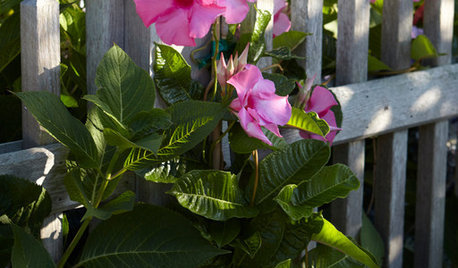
FLOWERS AND PLANTSGive Your Summer Garden Tropical Flair With Mandevilla
Plant this fast-growing vine in the ground or a container for beautiful and abundant blooms
Full Story0
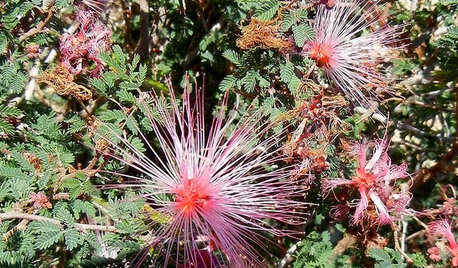
GARDENING GUIDESGreat Design Plant: Low-Maintenance Calliandra Eriophylla
Pink, puffy flowers of pink fairy duster transform the lacy foliage of this desert native in spring
Full Story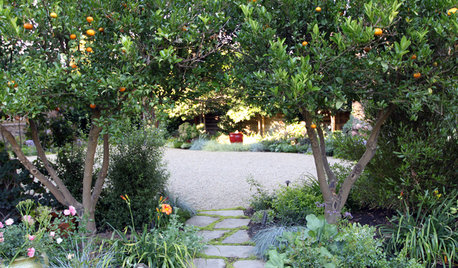
GARDENING GUIDESHow You Can Rejuvenate Your Citrus Trees This Winter
Give citrus trees a fresh start with these simple tips, and enjoy their abundant fruit and beauty
Full Story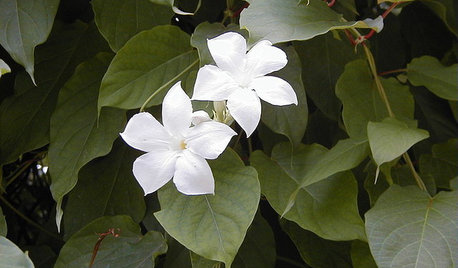
GARDENING GUIDESGreat Design Plant: Chilean Jasmine
Heavenly scented white blooms are the draw with this alluring vine, a treat for gardens through summer and into fall
Full Story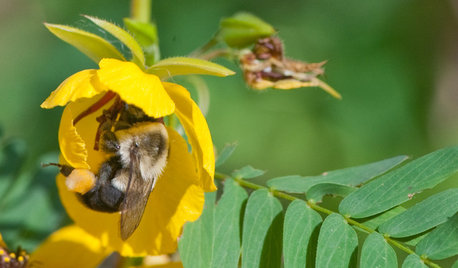
GARDENING GUIDESGreat Design Plant: Chamaecrista Fasciculata Brightens City Boulevards
Plant partridge pea in eastern U.S. gardens for its bright yellow flowers, lacy foliage and drought tolerance
Full Story
SAVING WATERXeriscape Gardens: How to Get a Beautiful Landscape With Less Water
Conserve water and make gardening much easier with the xeriscape approach’s 7 principles
Full Story
FALL GARDENINGMake This Fall’s Garden the Best Ever
Learn the most important tip for preventing buyer’s remorse, plus get more valuable buying and planting advice
Full Story
LIFEThe Top 5 Ways to Save Water at Home
Get on the fast track to preserving a valuable resource and saving money too with these smart, effective strategies
Full Story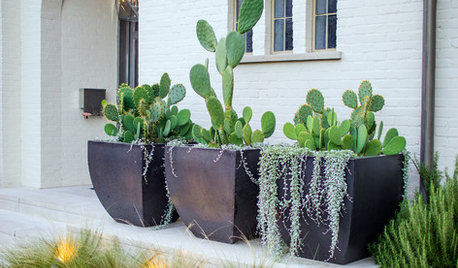
CONTAINER GARDENSCactus and Succulent Containers Are Ideal for Hot, Sunny Spots
Bring on the sun with these heat-loving succulent container gardens
Full Story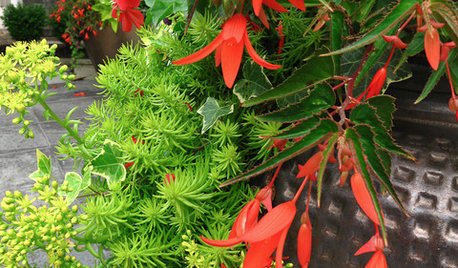
GARDENING GUIDESSuperstar Annuals for Containers and Baskets
High performing, low maintenance and all-around gorgeous, these container plants go the distance while you sit back and relax
Full Story





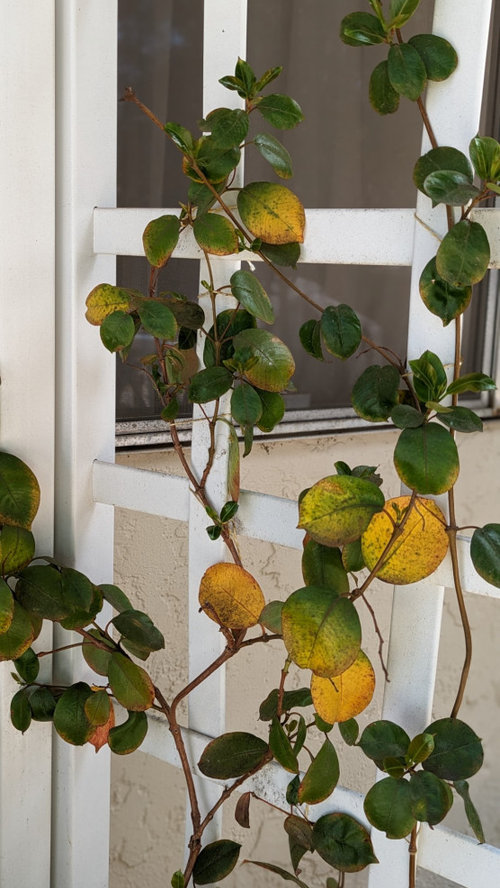



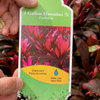
tapla (mid-Michigan, USDA z5b-6a)